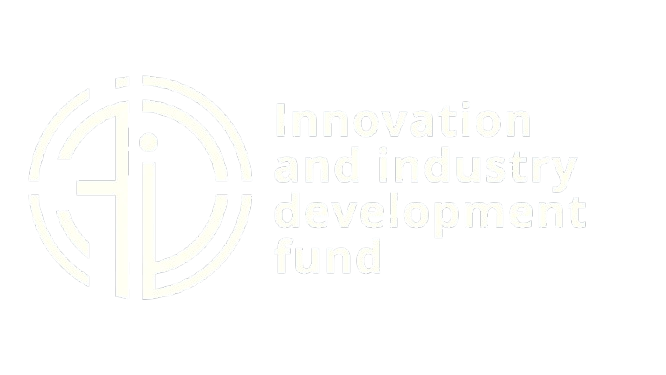
Addressing Key Challenges in Tajikistan’s Public Sector through Automation: An Analysis of Bureaucracy, Efficiency, and Transparency
Tajikistan is actively pursuing a path of modernization, as outlined in its National Development Strategy for the Period until 2030 [1]. A crucial part of this journey involves transforming the public sector to make it more efficient, transparent, and citizen-centric [2].Despite significant progress, the public sector still faces challenges that hinder its full potential and affect the everyday lives of citizens and businesses. Automation offers a powerful and practical solution to these issues.
Here is an analysis of the key pain points in Tajikistan’s public sector and how technology can solve them.
1. The Challenge of Bureaucracy and Red Tape
Bureaucracy often manifests as complex, multi-stage processes that require citizens and businesses to visit multiple government offices, fill out numerous forms, and wait for prolonged periods for approvals. This creates bottlenecks, increases transaction costs, and can be a deterrent for business activity [3].
Obtaining business licenses, construction permits, and various certificates requires navigating a labyrinth of paperwork and manual approvals. This can take weeks or even months. The World Bank’s Doing Business report often highlights the time and number of procedures required to start a business as a key indicator of a country’s business climate.
Digital platforms and electronic registries can streamline these processes. An integrated e-portal for business registration, for example, allows entrepreneurs to submit all necessary documents online and track the status of their application in real-time. The Ministry of Justice of Tajikistan has already launched a pilot project to introduce electronic public services, including notarization and registration, which is a significant step in this direction.
Result: Automation reduces administrative burdens, saves time and money for both citizens and the government, and improves the overall business environment, which is crucial for attracting both domestic and foreign investment [4]
2. Enhancing Efficiency and Service Delivery
Efficiency in the public sector is about providing high-quality services with minimal resources and time [5]. Manual, paper-based processes are inherently inefficient, prone to human error, and require extensive resources for storage and retrieval [6].
Manual data entry in different government departments leads to data duplication, inconsistencies, and errors. Public service delivery, such as processing social benefits or issuing passports, is often slow and lacks clear timelines.
Robotic Process Automation (RPA) can automate repetitive, rule-based tasks like data entry, file transfers, and document verification [7]. For example, an RPA bot can automatically extract information from a citizen’s application and enter it into a central database, eliminating manual work and human error [8]. E-services platforms for social benefits can use automated systems to verify eligibility and process payments, ensuring faster and more accurate delivery [9].
Result: Increased speed and accuracy in service delivery, reduced operational costs, and the ability for public servants to focus on more complex tasks that require human judgment and interaction. According to global benchmarks, RPA can reduce processing time for administrative tasks by up to 50% while improving accuracy by over 90%.
3. Fostering Transparency and Reducing Corruption
Transparency is fundamental for good governance. In a system with manual processes and limited digital trails, the risk of corruption, discretionary decision-making, and misuse of funds is higher.
Pain Point: Lack of public access to information on government procurements, state contracts, and budget spending can breed distrust and corruption. The Transparency International Corruption Perception Index serves as a global benchmark for perceived levels of corruption in a country’s public sector [10]. While Tajikistan has made efforts, increasing transparency remains a key priority.
Automation Solution: E-procurement systems create a transparent, competitive, and auditable process for all public purchases. All bids, contracts, and payment information are recorded digitally and are often publicly accessible. Additionally, blockchain technology and digital audit trails can be used to track transactions, ensuring accountability and reducing opportunities for illicit activities.
Result: A more open and accountable government. Citizens and businesses can monitor government spending, and the competitive environment fostered by e-procurement can lead to significant cost savings. Studies have shown that e-procurement can reduce public procurement costs by 10-20% due to increased competition and transparency.
4. Building a Resilient and Future-Ready Public Sector
The COVID-19 pandemic highlighted the critical need for a resilient public sector that can continue to function during crises [11]. Manual, office-based operations are vulnerable to disruptions.
Pain Point: The inability to provide services remotely during emergencies. This not only disrupts government operations but also limits citizens’ access to essential services when they need them most.
Automation Solution: Cloud-based digital platforms and remote work infrastructure allow government employees to access systems and continue their work from any location [12]. Digital government portals ensure citizens can access services from home, regardless of external circumstances [13]
Result: A more resilient public sector that is better equipped to handle emergencies, ensuring continuity of essential services and increasing citizen trust in the government’s ability to respond to crises.Tajikistan’s digital journey is gaining momentum. By strategically deploying automation in key areas, the public sector can effectively address long-standing challenges related to bureaucracy, efficiency, and transparency. This transformation will not only modernize government operations but also create a more dynamic business environment, attract investment, and enhance the well-being of all citizens. Investing in digital infrastructure and automation is an investment in a more prosperous, transparent, and resilient future for Tajikistan [14].


